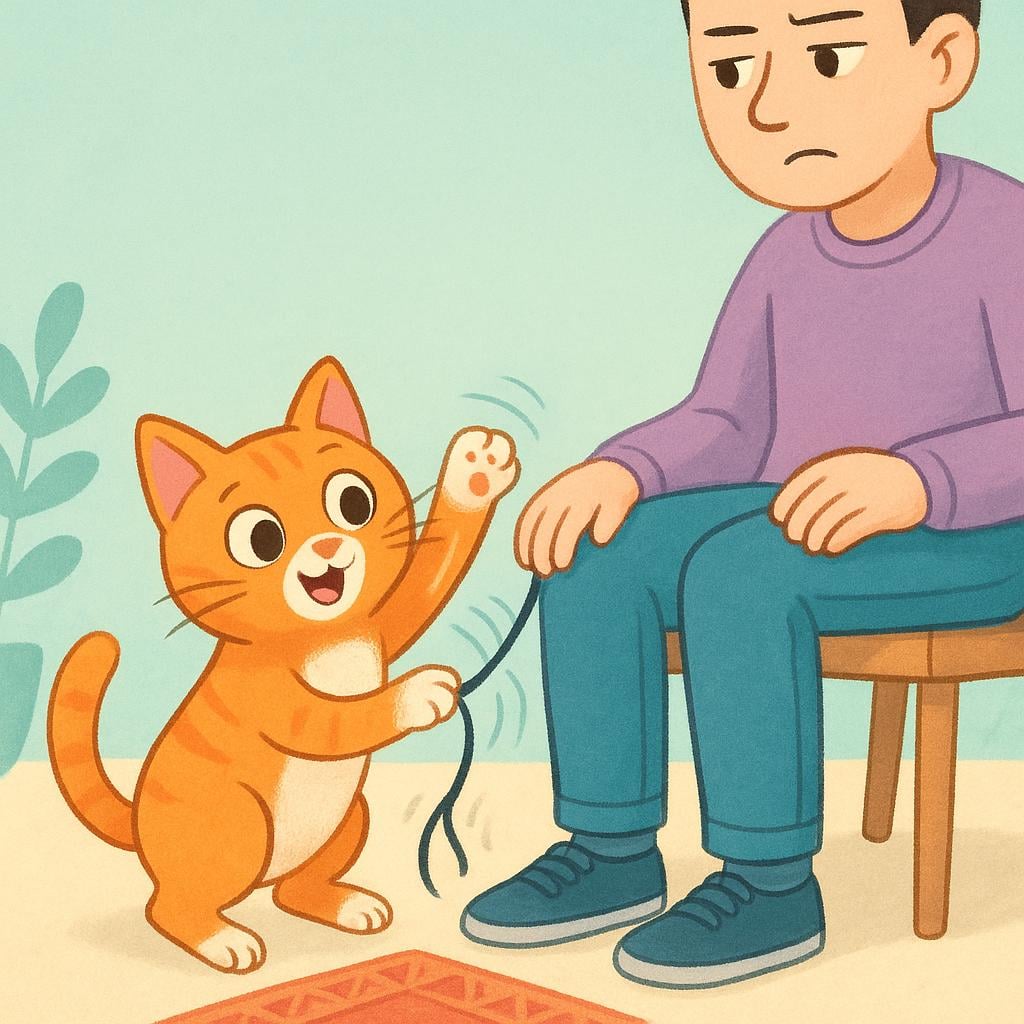molesta
/moh-LEH-stah/
annoying

The persistent buzz of the mosquito is annoying (molesta).
molesta(Adjective)
annoying
?causing slight anger or irritation
,bothersome
?troublesome or inconvenient
irritating
?general sense of unpleasantness
,troublesome
?causing trouble or difficulty
📝 In Action
La mosca es muy molesta. No me deja concentrarme.
A2The fly is very annoying. It won't let me concentrate.
Esa actitud tan pesimista es realmente molesta.
B1That pessimistic attitude is genuinely bothersome.
Tu hermana estaba un poco molesta después de la discusión.
A2Your sister was a little annoyed after the argument.
💡 Grammar Points
Adjective Agreement
As an adjective, 'molesta' is the feminine version of 'molesto' and must always be used when describing a feminine noun (like 'la música' or 'la gente').
❌ Common Pitfalls
Forgetting the Gender
Mistake: "El ruido es muy molesta."
Correction: El ruido es muy *molesto*. (Noise is masculine, so the adjective must also be masculine.)
⭐ Usage Tips
Feeling Annoyed
To say you feel annoyed, use the verb 'estar': 'Estoy molesta' (if you are female) or 'Estoy molesto' (if you are male).

The cat annoys (molesta) the person by playing with their shoe.
molesta(Verb)
annoys
?3rd person singular present tense (he/she/it/you formal)
,bothers
?3rd person singular present tense (he/she/it/you formal)
is troublesome
?referring to a situation or thing (e.g., 'the heat is troublesome')
📝 In Action
Mi perro siempre me molesta cuando estoy leyendo.
A1My dog always bothers me when I am reading.
¿Le molesta si abro la ventana, señorita?
B1Does it bother you if I open the window, ma'am?
Él molesta a los vecinos con su música alta.
A1He annoys the neighbors with his loud music.
💡 Grammar Points
Meaning: Annoyed vs. Annoying
To ask 'Are you bothered?' Spanish uses the object pronoun 'te': '¿Te molesta?' (Does it bother you?). The thing causing the bother (the noise, the person) is the subject of the sentence.
Polite Commands
'Molesta' is also the informal command for 'you' (tú): '¡Molesta a tu hermano!' (Bother your brother!). This form is identical to the 'él/ella/usted' present tense.
❌ Common Pitfalls
Mixing Subject and Object
Mistake: "Yo molesta la situación."
Correction: La situación *me* molesta. (The situation is the thing doing the annoying, not you. Use 'me' to show the annoyance happens *to* you.)
⭐ Usage Tips
Asking Permission
A very polite way to ask for permission is: '¿Le molesta si...?' (Does it bother you if...?). This is often followed by a verb in the special form for wishes/suggestions (subjunctive).
🔄 Conjugations
indicative
present
imperfect
preterite
subjunctive
present
imperfect
✏️ Quick Practice
💡 Quick Quiz: molesta
Question 1 of 2
Which sentence correctly uses 'molesta' as the feminine adjective?
📚 More Resources
Frequently Asked Questions
What is the difference between 'molesto/a' and 'estar molesto/a'?
'Molesto/a' (with ser) describes a permanent characteristic (e.g., 'Esa mosca es molesta' - That fly is *always* annoying). 'Estar molesto/a' describes a temporary state or feeling (e.g., 'Estoy molesta' - I *am currently* annoyed).
How do you form the negative command 'Don't bother me'?
You use the negative imperative form, which borrows from the special forms for wishes and commands (subjunctive). You would say 'No me molestes' (informal) or 'No me moleste' (formal).